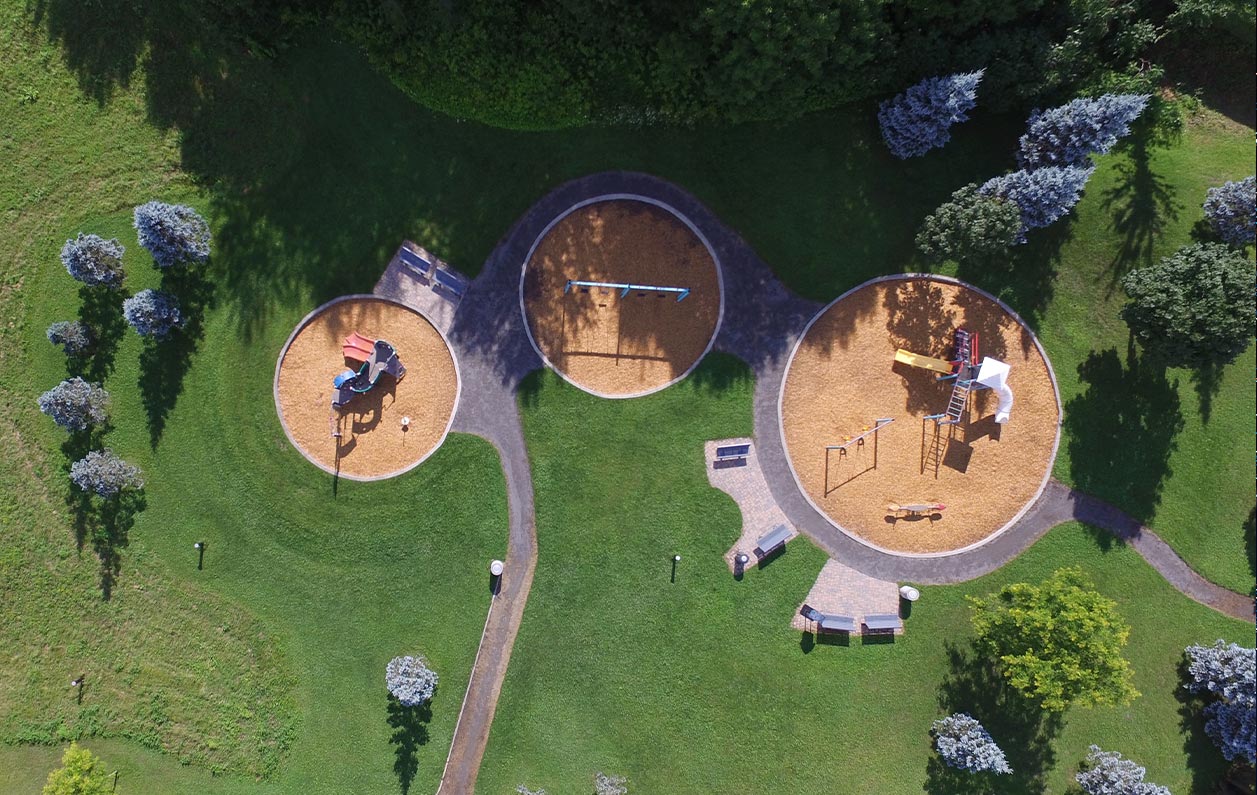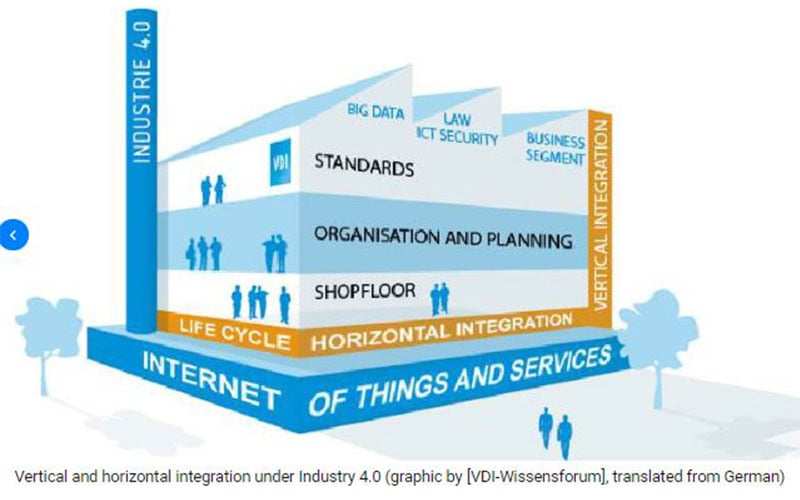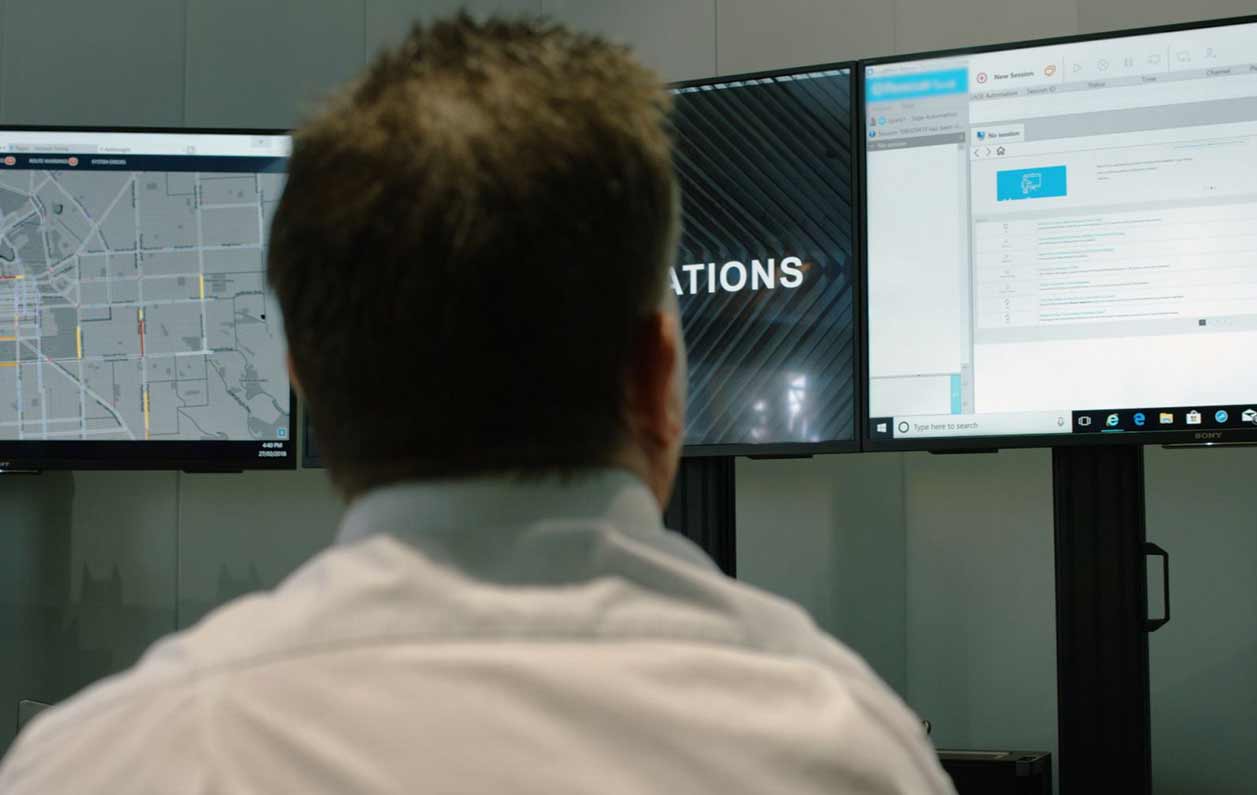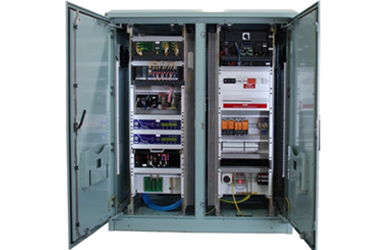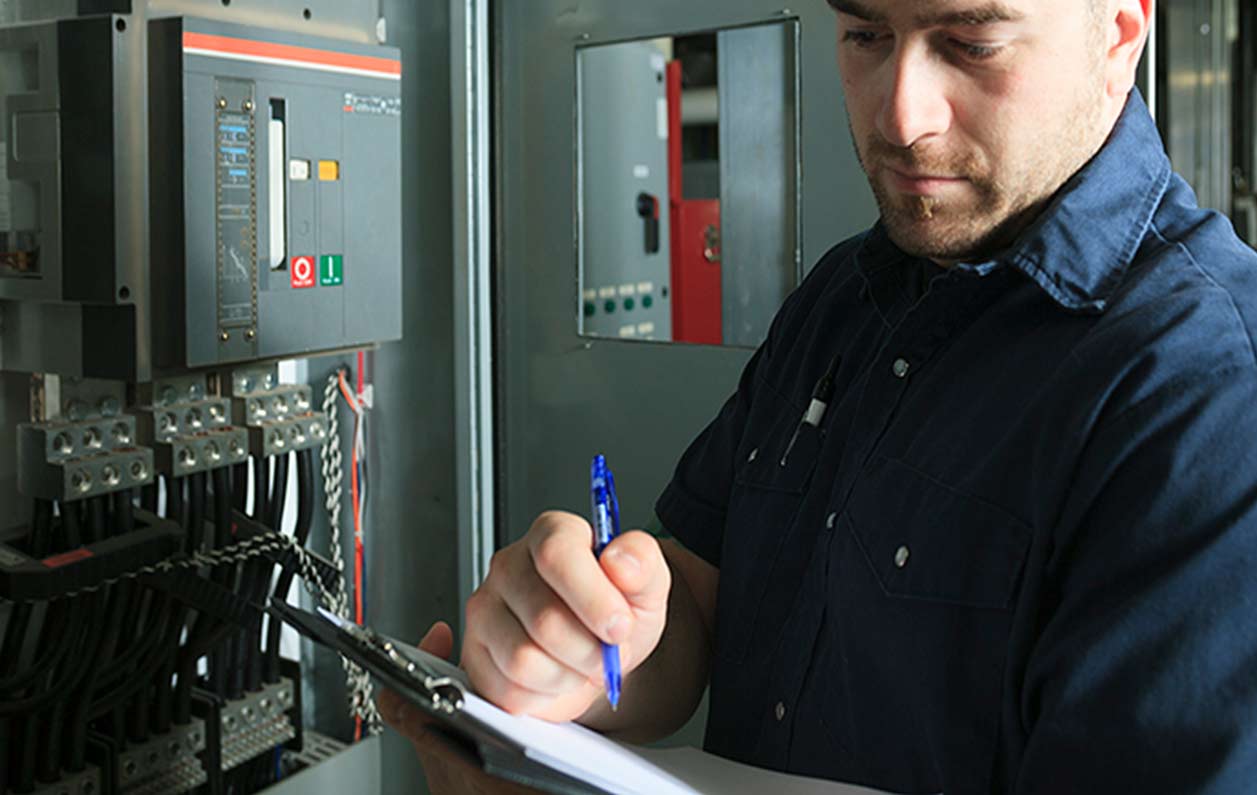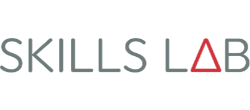The biggest challenge faced by local government when implementing smart city initiatives is understanding the strategy to drive actions to practical benefits.
Councils are increasingly seeking out smarter asset management methods that improve resource allocation and ultimately public services.
The 2019 World Economic Forum (WEF) placed Australia 43rd out of 115 advanced economies ready to transition to renewable energy.
For more than thirty years, companies have widely adopted a Lean manufacturing mindset to continuously improve their operations. Now with the merger of digital and physical systems as part of the Industry 4.0 transition, businesses can use both ideas concepts to take operational excellence to a new level.
While some are still reading about the value of industry 4.0, other industrial operators are already taking advantage of new technologies that are reducing their risk of extended downtime through fast response, support and prevention.
Smart Cities has a wide range of definitions across the industry with lots of promises being made on technology that can achieve ambitious outcomes. At SAGE we have a simple and concise vision on what Smart Cities is:
It sounds like a sci-fi movie plot: your doppelgänger lives in another dimension and behaves exactly like you, but learns faster and can access more information. It’s the ‘test dummy’ that tries everything first, so you can make all the right decisions to lead a perfect life.
We’ve been beating the industry 4.0 drum loudly to our clients for some time. And for good reason – we’ve seen first-hand how clients are benefiting from increased visibility, data probity and response time across utilities, transport, and smart manufacturing.
With increasing business pressure to improve plant energy and emissions performance, it is natural to turn towards an energy audit as a means of identifying saving opportunities or to justify capital expenditure for a solution.
